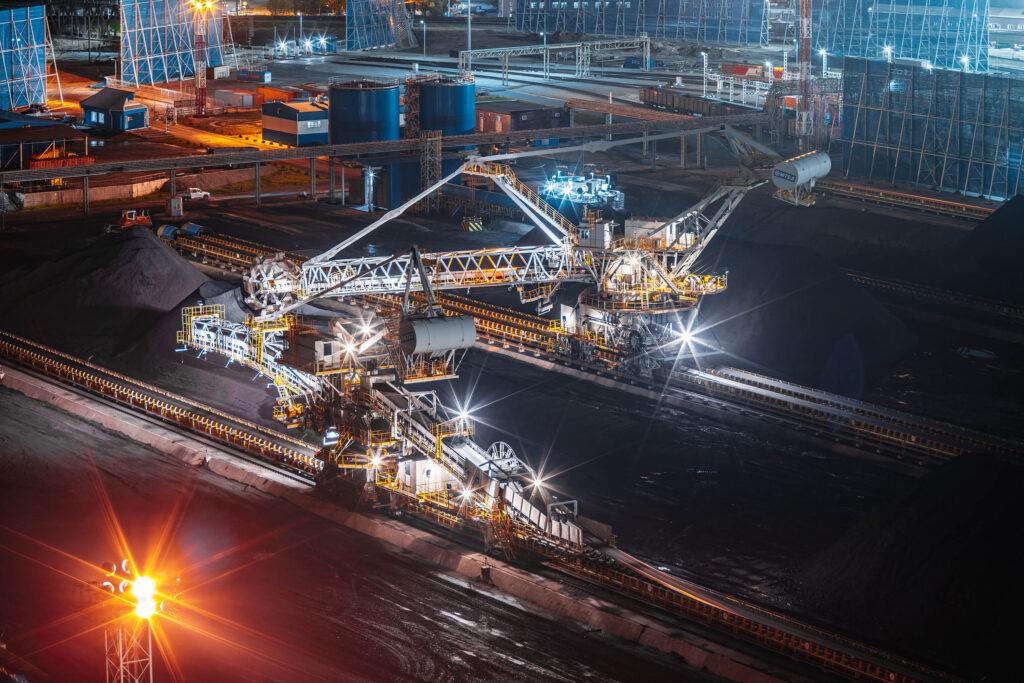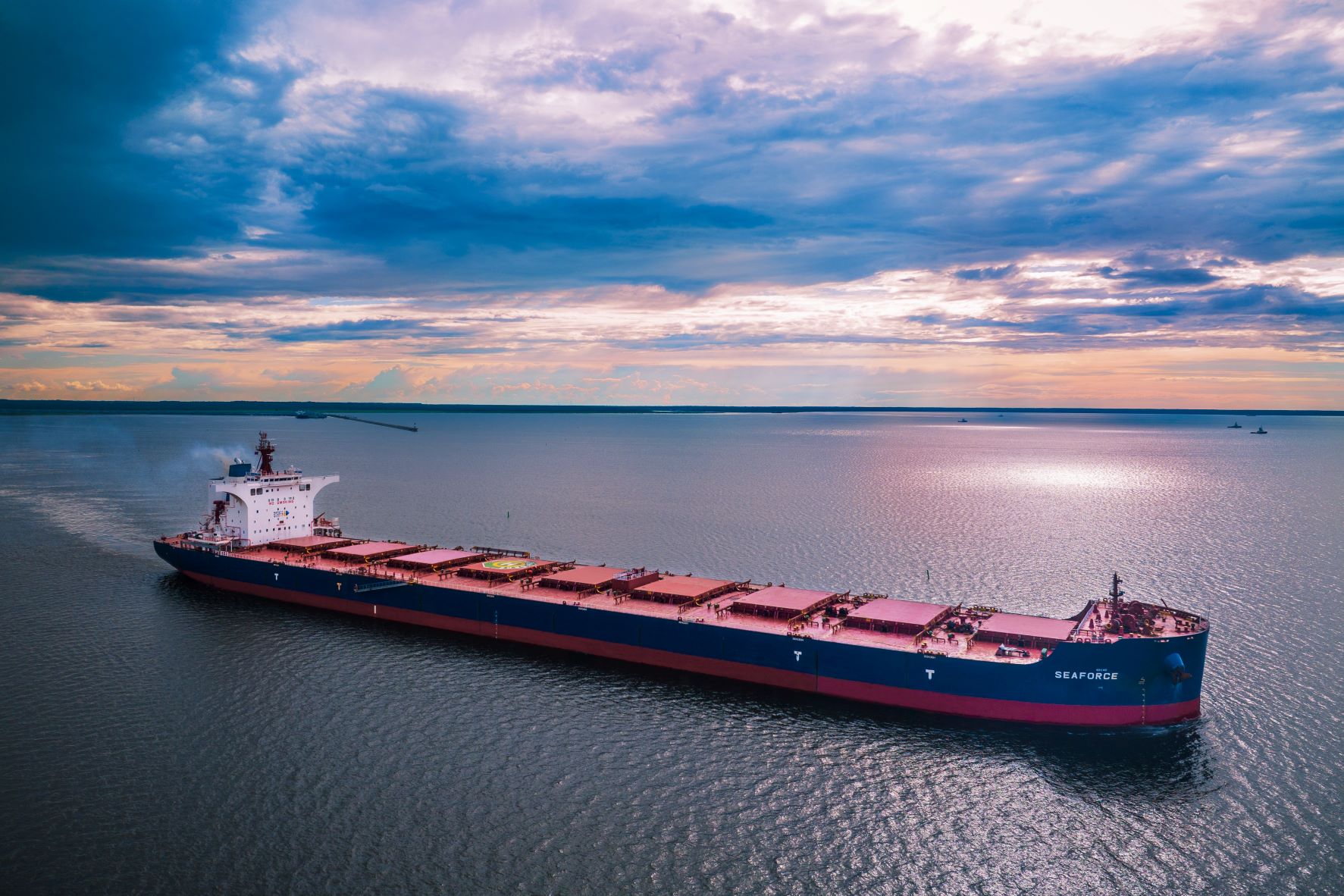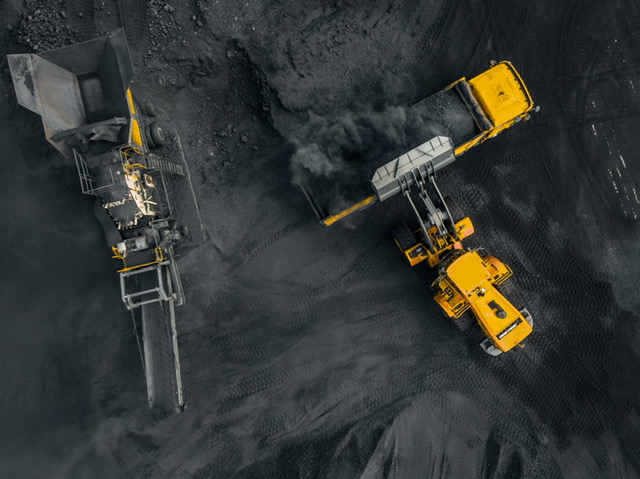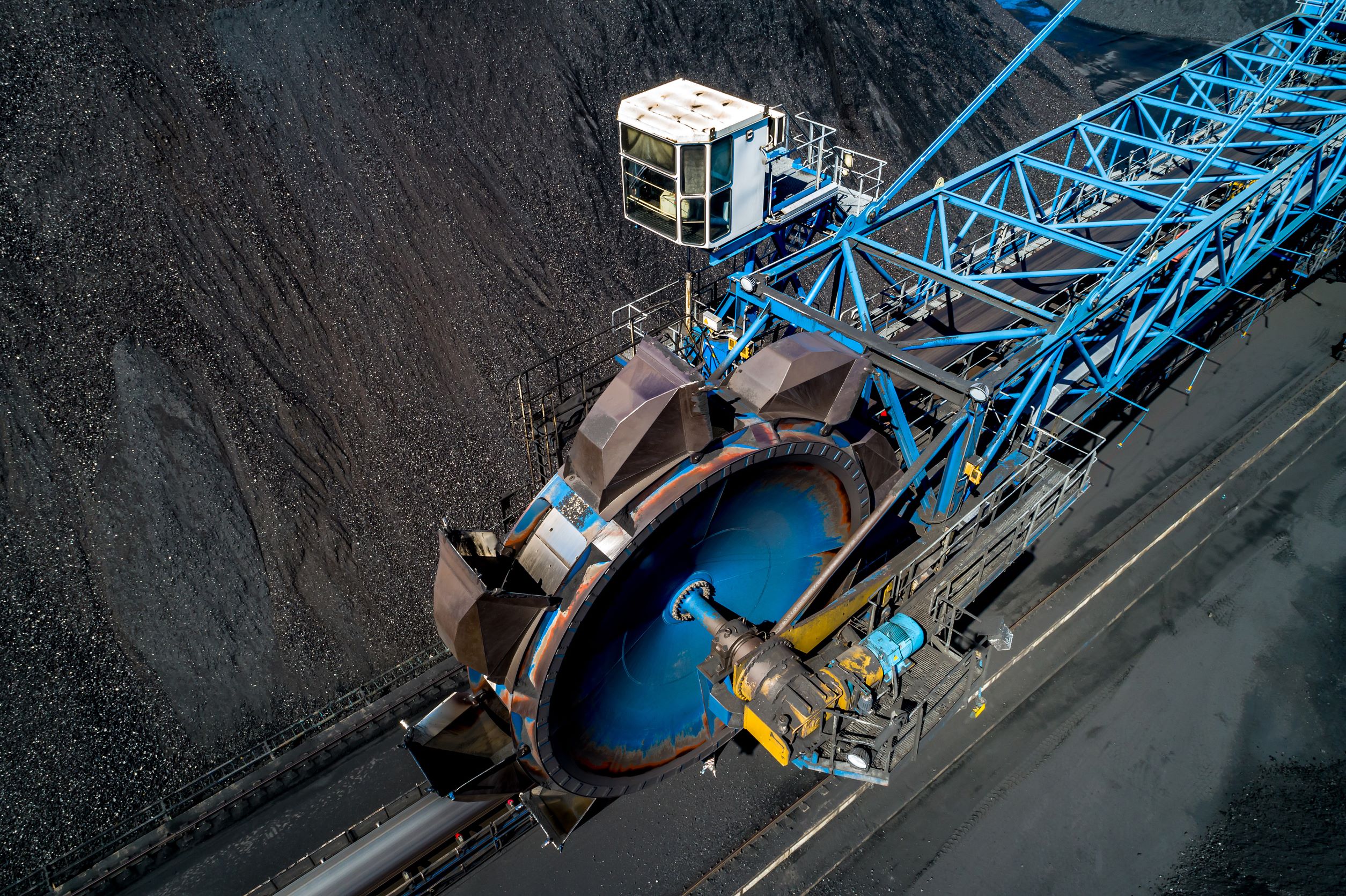

Over the past week, thermal coal quotations on the European market dropped below 115 USD/t. High stocks at ARA terminals, growing RES generation, the current price advantage of gas generation vs. coal burning, as well as comfortable weather in Europe are the remaining factors that put pressure on the indices.
The TTF hub gas prices stood at 380 USD/1,000 m3 (flat w-o-w).
South African High-CV 6,000, after a short-lived strengthening to nearly 105 USD/t midweek, bounced back to 100 USD/t on Friday. Upcoming maintenance on the Transnet rail line, scheduled for July 11-20, may support prices in the coming week. Also, market participants say the demand from Indian consumers, including cement and steel producers, is improving.
South African mining company Exxaro Resources expects power producer Eskom to raise coal consumption in H2 2023, offsetting declines in the first half of the year.
In China, spot prices for 5,500 NAR at the port of Qinhuangdao spiked 6 USD/t to 118 USD/t on higher consumption, reduced coal inventories and price hikes by Chinese coal companies.
Shenhua raised quotes for all types of coal by almost 6 USD/t as a result of its pricing revision. It is also expected that the quotations will keep growing as consumers have to replenish stocks ahead of the summer peak loads. Many mining companies are seeing an increase in sales and a reduction in stockpiles.
The National Meteorological Center of China forecasts temperatures in July are going to exceed the norm by 1-2 C0 in various provinces, especially in the north and south of the country. At the same time, hydro generation will remain low. Stocks at 9 major Chinese ports fell to 26 mio t (-1 mio t w-o-w).
Indonesian 5,900 GAR added 1 USD to 89 USD/t as Indonesian producers are trying to cut supply to provide support to prices.
High-CV Australian 6,000 surged to 140 USD/t, driven by better demand from India, China, Japan and other Asian countries.
On July 3, Australian authorities released a forecast predicting the average price of 6,000 kcal/kg NAR would fall from 184 USD/t in 2023 to 121 USD/t in 2025. This level is considered quite high and is expected to reduce the competitiveness of coal, compared to other energy sources in the long term. The average price of 6,000 kcal/kg NAR in 2021 was 135 USD/t, while in 2020 amounted to 58 USD/t.
Australian metallurgical coal index fell to 230 USD/t amid increased supply and shrinking demand from steel producers, following the completion of the restocking period.
Japanese steelmaker Nippon Steel and South Korea’s POSCO agreed with Australian producer Foxleigh on Q2 2023 low-volatile PCI price of 232 USD/t FOB, which represents a decrease of 37.50 USD/t or 14% from 269.50 USD/t FOB in Q1 2023. The benchmark decline was caused by deteriorating steel market conditions.
Source: CAA













